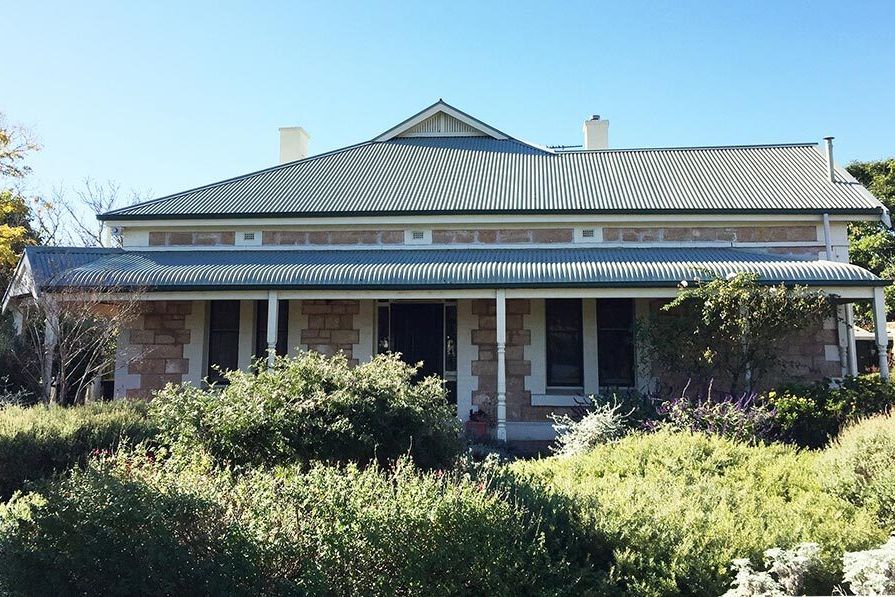Frequently asked questions about buying a home
What is a guarantor home loan?
A guarantor home loan is when another person, often a relative, uses the equity in their own property as extra collateral for your mortgage. This may enable you to enter the property market sooner as it reduces the amount of time you need to spend saving for a deposit. As most lenders require a 20% deposit, a guarantor is also often used to avoid paying Lender’s Mortgage Insurance (LMI).
How Do You Calculate Equity?
Home equity is the difference between the market value of your property, and the amount that you still owe on your mortgage.
For example, if your property is worth $650,000 and the amount you have remaining on your mortgage is $400,000, then you’d have $250,000 in equity.
Note: The actual available amount that you can ‘release’ and use to purchase, may not the entire difference amount, so it’s important to confirm with your lender what requirements are needed in order to make an accurate calculation. This may include a formal valuation of your existing property.
Read our guide for more detailed information about home equity; what it means and how it works.
Understanding Owner-Occupied Home Loans
An owner-occupied home loan (or live-in home loan), is a home loan to purchase a property to live-in. This is different to an investment home loan which is for a property that will be used as an investment, not to live in.
Should your circumstances change, you can easily change your investment loan into an owner-occupied loan. Our team is available to help over or on 1300 842 405.








